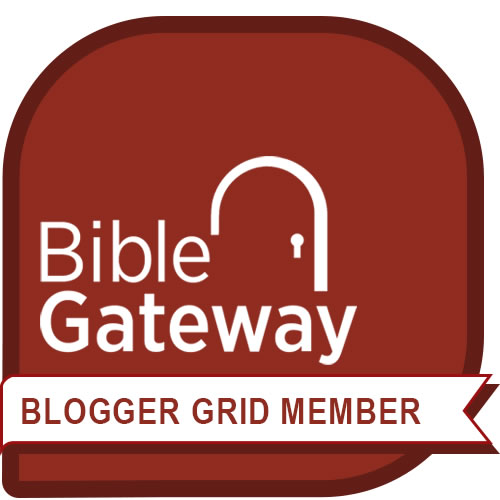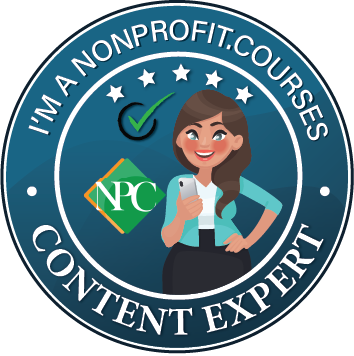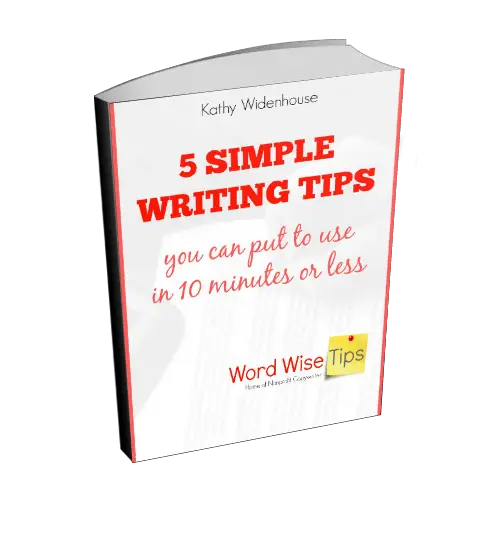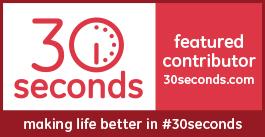Save Time: Get 5 Simple Writing Tips
you can put to use in 10 minutes
Word Wise Blog: Content Writing Made Easy
Award-winning writer Kathy Widenhouse has helped hundreds of nonprofits and writers produce successful content , with 750K+ views for her writing tutorials. She is the author of 9 books. See more of Kathy’s content here.
Write more. Save time.
Word Wise is for busy people who want to write more (or need to), but don't have a lot of time.
-------------------------------------------------------------------------
Jan 02, 2026
1-page writing goal planner for 2026
What do you want to write in 2026?
You CAN accomplish your writing goals. All you need is a plan.
Not a plan that eats up 36 pages of a spreadsheet. Or a plan that takes 6 days to create.
Instead, you can create a simple 1-page plan that helps you achieve one writing goal at a time ...
Jan 01, 2026
Do you have a 2026 strategic plan? It's not hard to make one
Don’t have a strategic plan? You may not make much progress with your wonderful work. That’s why strategic planning for nonprofits, small businesses, and solopreneurs) makes good business sense.
When you don’t undertake planning, you set yourself up for frustration and even failure.
Yet the term "strategic planning" can be intimidating for ...
Continue reading "Do you have a 2026 strategic plan? It's not hard to make one"
Dec 31, 2025
How to create your 1-page marketing plan for 2026
A simple 1-page marketing plan can do more for your freelance writing business than any course or template. It’s been my secret to steady work, better clients, and less stress. And it can be for you, too.
You may have been told you need a full-blown strategy document to market your content writing skills. No wonder ...
Continue reading "How to create your 1-page marketing plan for 2026"
Dec 30, 2025
In 30 seconds, can you explain what you do?
A perfect example of an elevator speech is offered in one of the final scenes of the 1988 Academy Award-winning film, Working Girl. Wall Street secretary Tess McGill (played by Melanie Griffith) has thirty seconds in an elevator to explain to an investment bank CEO how she conceived a lucrative deal for his firm.
Tess describes her acquisition idea so clearly and simply that the CEO gives her an executive job on the spot – and fires her boss for stealing the concept from her.
In the same way, your “elevator speech” is a brief, concise explanation of ...
Continue reading "In 30 seconds, can you explain what you do?"
Dec 29, 2025
19 of my favorite resources for writers (free or low-cost)
I am always on the lookout for good writing resources, particularly those recommended by people I trust. (And if the resource is free or low-cost … well, that’s even better.)
That’s why I created this resources page. I’ve included links to tools, courses, downloads, and other good stuff. I have used and continue to use most of them – or they come highly-recommended to me from reliable personal sources...
Continue reading "19 of my favorite resources for writers (free or low-cost)"
Dec 28, 2025
Top business writing tip
In his shortest New Testament letter, the Apostle Paul offers a powerful business writing tip: make your point with brevity and respect.
The tip is delivered in the book of Philemon.
It’s Paul’s only New Testament letter that does not focus on teaching. Rather, it’s a business letter.
The purpose of a business letter is to ...
Dec 27, 2025
How to develop a writing habit in 2026
Best-selling author Max Lucado has written more than 100 books.
But writing is just his side hustle.
Max’s full-time job is pastor of Oak Hills Church in San Antonio, TX, where he has served for more than three decades.
How does he find time to write? Early on ...
Dec 26, 2025
Get your 2026 plan in place - easily
If you're a solopreneur, small biz owner, leader ...
You need a strategic plan. And you don't need an MBA to create one.
This step-by-step workbook guides you through a simple process to ...
Dec 25, 2025
Recipe writing tips: How to share your holiday recipes
"May I have your recipe?"
It's a familiar refrain at holiday gatherings, potlucks, and get-togethers. I've lost track of the number of people who have asked me for my mom's Cranberry Pecan Pie recipe.
When it comes to what tastes good, I'm not shy about requesting the recipe...
Continue reading "Recipe writing tips: How to share your holiday recipes"
Dec 24, 2025
Use this simple planner to set and achieve your 2026 writing goals
One secret of success as a writer?
Set a writing goal. Then, working backwards from that goal, list smaller steps to take to achieve that goal.
And simply work the steps.
Isaac Asimov (1920-1992), one of the world’s most prolific writers, demonstrated this approach in his writing habits ...
Continue reading "Use this simple planner to set and achieve your 2026 writing goals"
Dec 23, 2025
12 tips for writing winning Asks
These 12 tips for writing winning Asks follow a simple fill-in-the-blank format you can use to write an important part of a call to action: the benefits of your product, service, or cause.
They’re helpful because they give you a model to use to explain benefits to your reader.
An Ask (a call to action) is the point in your project where you tell your reader what to do. Any piece of persuasive writing includes an Ask, whether it’s ...
Dec 22, 2025
How to create your biz objectives for 2026
Have you written your objectives for next year?
An objective is a specific statement that outlines one measurable step you will take to achieve your goal.
Writing objectives is a crucial skill for writing grants, writing business plans, and strategic planning – a skill that I wish I’d known when I first started out writing.
It ain’t a bad list of tips to have on hand just in general, either, when you're trying to write with clarity...
Continue reading "How to create your biz objectives for 2026"
Dec 21, 2025
Links: Make an effort to make them - and see how they pay off
A link is clickable text.
A contextual link on your web pages or blog posts leads readers to related information.
A contextual link allows you to stay on point as you write. You can use it online to refer to a related topic.
That helps you to ...
Continue reading "Links: Make an effort to make them - and see how they pay off"
Dec 20, 2025
Can you write a sentence? You can write a book.
Write a sentence and you can write a book.
Or an article, blog post or any other writing project.
That’s a different way to look at overwhelm, isn’t it?
Consider this: the average non-fiction book is 12 chapters long...
Continue reading "Can you write a sentence? You can write a book."
Dec 19, 2025
Perfect gift for the young girls in your life
When my editor asked me to write a book of fun children devotionals for girls ages 6-9, I saw a perfect opportunity to help young ladies understand that God is their friend.
I knew that God & Me! 3 (ages 6-9) would be part of a series of children devotionals, but didn’t know then that the book and series would become an iParenting media award winner … and a best-seller...
Continue reading "Perfect gift for the young girls in your life"
Dec 18, 2025
Use a year-end online appeal to snag last-minute gifts
A year-end online appeal is cheap and simple to send.
With December 31 as biggest electronic giving day of the year (according to some gurus), a year-end online appeal at the eleventh hour makes sense.
Leverage the year-end online rush when you create an email campaign (or short series) to send between Christmas and New Year’s Eve.
All you need is ...
Continue reading "Use a year-end online appeal to snag last-minute gifts"
Dec 17, 2025
Maker Time vs. Manager Time for freelance writers
I wondered why my early freelancing days felt uncontrollably busy, yet strangely unproductive.
I wasn’t writing nearly enough. Guilt reigned.
I learned the hard way about maker time vs manager time...
Continue reading "Maker Time vs. Manager Time for freelance writers"
Dec 16, 2025
DIY graphics in 2026 (and save time and money)
I created this simple tutorial of 3 writing tips to help content writers and freelancers like me get started with using graphics in our online projects.
Preferably to help you DIY (Do It Yourself) at no cost or low cost.
We know we need to do this – to add images to pages on websites and blogs. When was the last time you opened a web page or social media post and saw text only? Like, never...
Continue reading "DIY graphics in 2026 (and save time and money)"
Dec 15, 2025
Update your identity content for 2026
Identity content explains who you are and what you do.
You know yourself. But do you explain who you are and what you do to others in a way they can grasp?
No matter whether you’re a small to medium-sized business, an organization, or a sole proprietor, you want people to understand your work. It’s the essence of building your ”platform” ...
Dec 14, 2025
A good critique is gold. Here's why.
Early in my content writing life, I received a valuable writing critique – by mistake.
A client forwarded an email from his fundraising consultant, thinking to pass along the consultant’s contact information so I could schedule a conference call.
The email contained a line-by-line critique of a recent campaign I’d completed for my client.
Once the initial wave of humiliation passed, I stopped to ...
Dec 13, 2025
A tip from the Apostle Paul: how he defined his audience
Have you defined the audience you write for?
A successful blog provides helpful, valuable information for a specific group of readers.
To determine the audience you write for, ask yourself this question: what distinguishes your readers from ...
Continue reading "A tip from the Apostle Paul: how he defined his audience"
Dec 12, 2025
Build your blog in 2026- just 20 minutes at a time
The main problem, most bloggers say, is time. They don’t have time to blog or write consistently.
But the truth is this: if you have 20 minutes, then you can build your blog...
Continue reading "Build your blog in 2026- just 20 minutes at a time"
Dec 11, 2025
Avoid the most common appeal letter trap
“This appeal letter doesn’t get to the point until the fourth paragraph,” said the development director.
Oops … she was right.
Your first few sentences rank up there as one of the most important elements of an appeal (along with the carrier teaser and the P.S.)
If it takes several paragraphs or even pages to get to your point, you have what's called ...
Dec 10, 2025
Is this writing job for you?
“Copywriting as a job. What’s it like?” asked the high school girl as she interviewed me for a class project on careers.
This young lady excelled in her English classes … was an avid reader … loved to write … but she was afraid she would not be able to make a living as a writer or editor.
“Take a look all around you,” I told her, pointing out websites, social media sites, newspapers, magazines, reports, letters, and printed matter of all kinds. “Somebody has to write all of this. And they get paid to do it.”
Why couldn’t that somebody be her – or you?
Dec 09, 2025
3 tips for writing short content stories to hook readers
Fiction writers can find plenty of helpful tips for writing short stories. Newsletters, online articles, books – even full-length courses – explain how to write fiction that’s got engaging character development, conflict, plot lines, and resolution.
But what about content writers? We, too, are storytellers.
Sure, you can open a post or article or letter plenty of other ways: with a shocking statistic. With a quote from a celebrity or expert. With a summary statement.
But stories are universal in articles, blog posts, web pages ...
Continue reading "3 tips for writing short content stories to hook readers"
As an Amazon Associate I earn from qualifying purchases.
Share This Page
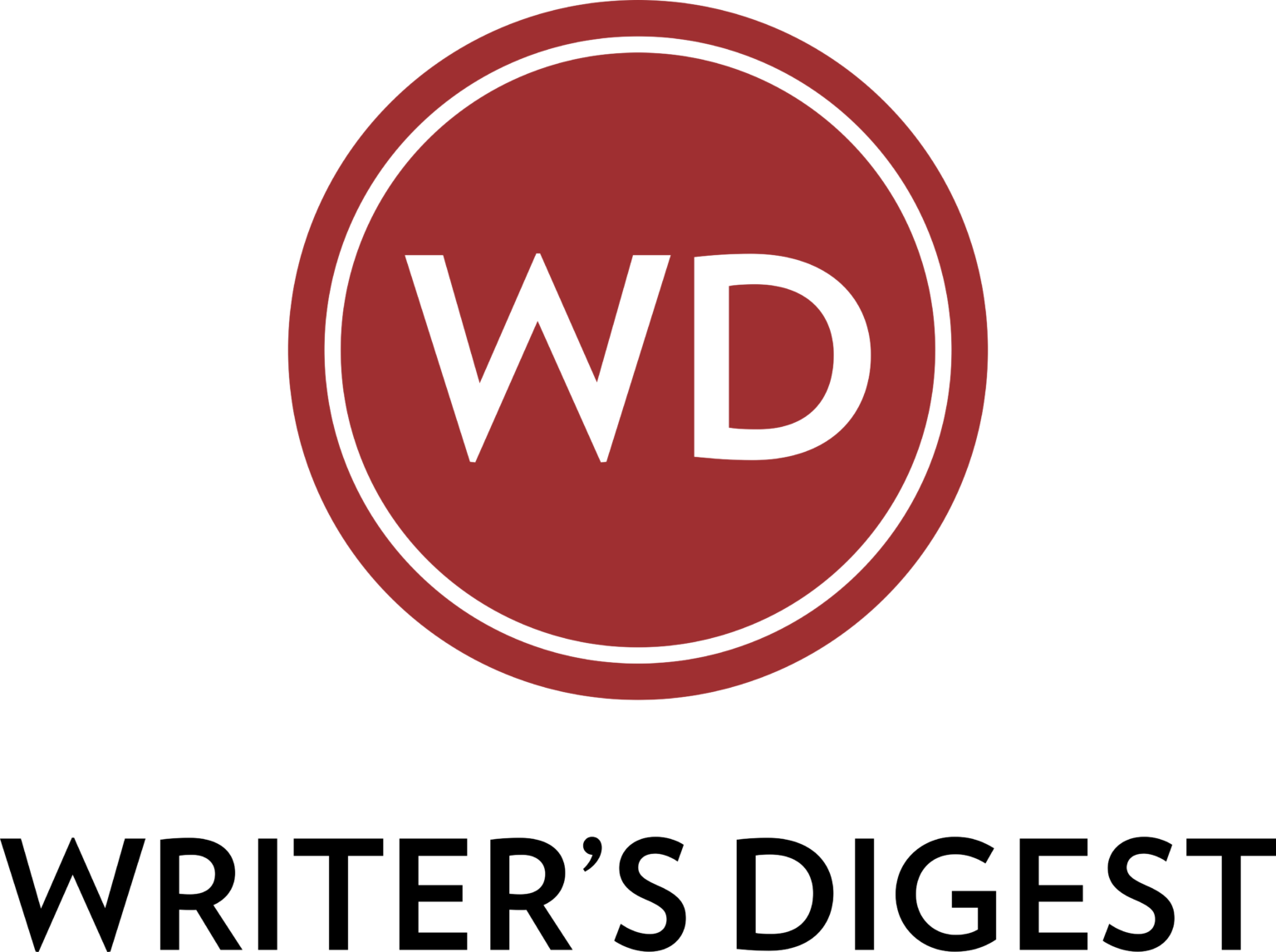
Named to 2022 Writer's Digest list
BEST GENRE/NICHE WRITING WEBSITE
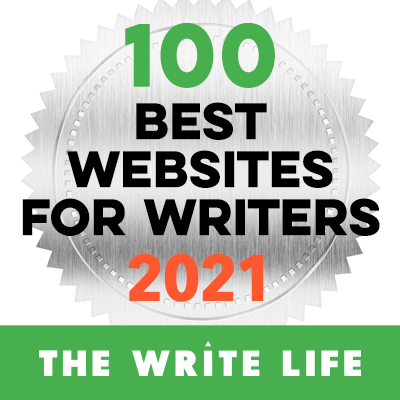
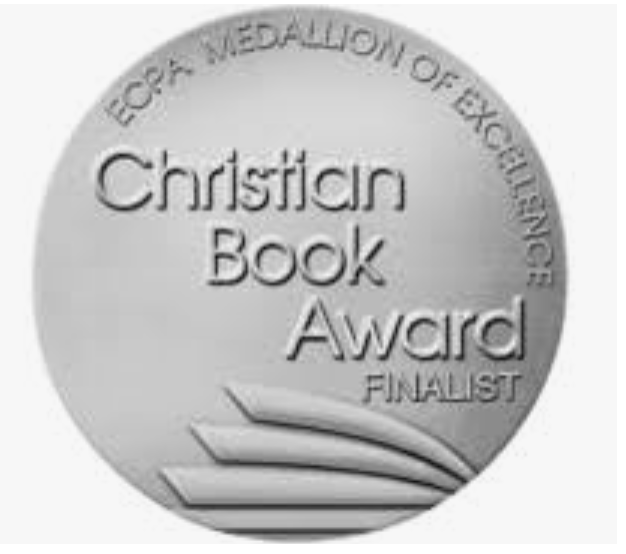
Stop Wasting Time!
Grab your exclusive FREE guide, "5 Simple Writing Tips You Can Put to Use in 10 Minutes or Less"
